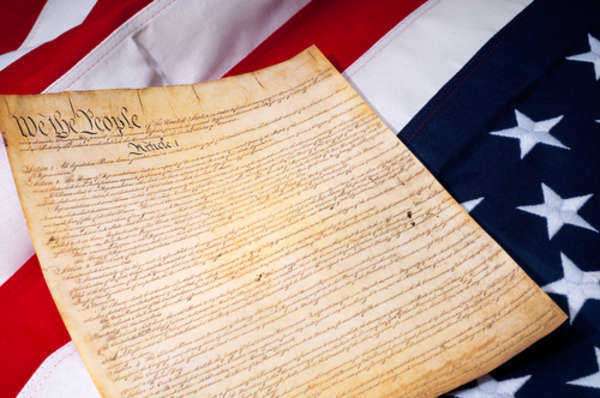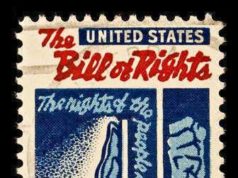
The English Bill of Rights: A Landmark in Constitutional History
Introduction
The English Bill of Rights, enacted in 1689, is a historic document that marked a pivotal moment in the constitutional development of the United Kingdom. Emerging from the political turmoil of the late 17th century, this legislation established fundamental principles of government, individual rights, and limitations on monarchical authority. In this article, we will explore the origins, content, and lasting significance of the English Bill of Rights.
Historical Background
The English Bill of Rights arose in the aftermath of the Glorious Revolution of 1688. Prior to this revolution, England had experienced a period of political instability, religious conflict, and disputes over the powers of the monarchy. The deposition of King James II and the ascension of King William III and Queen Mary II to the throne marked a pivotal moment in English history.
Content of the English Bill of Rights
The English Bill of Rights consists of a series of declarations and provisions that aimed to safeguard the rights of Parliament and limit the authority of the monarchy. Some key elements of the Bill include:
1. Monarchical Limitations: The Bill affirmed that the monarchy could not maintain a standing army during peacetime or raise taxes without the consent of Parliament. This was a significant check on royal power.
2. Freedom of Speech: It declared that freedom of speech and debates within Parliament should not be subject to royal interference or prosecution.
3. Right to Bear Arms: The Bill recognized the right of Protestant subjects to bear arms for their defense.
4. Prohibition of Cruel and Unusual Punishment: It prohibited cruel and unusual punishments, reinforcing the principle of humane treatment under the law.
5. Right to Petition: Citizens were granted the right to petition the king without fear of retribution.
6. Protection from Excessive Bail and Fines: It protected individuals from excessive bail and fines, ensuring that punishments were proportionate to the offense.
7. Election Freedom: It guaranteed free and fair elections to Parliament, ensuring that the king could not manipulate the electoral process.
8. **Freedom from Royal Interference**: The Bill sought to eliminate royal interference in the legal and judicial systems.
Significance and Legacy
The English Bill of Rights had a profound impact on the development of constitutional monarchy and parliamentary democracy in England and, later, the United Kingdom. Its significance can be summarized in several key points:
1. Constitutional Monarchy: The Bill of Rights marked a shift from absolute monarchy to constitutional monarchy, in which the monarch’s powers were limited by law and subject to the approval of Parliament.
2. Preservation of Parliamentary Sovereignty: It reinforced the principle of parliamentary sovereignty, which continues to be a fundamental aspect of the UK’s unwritten constitution.
3. Protection of Individual Rights: The Bill laid the groundwork for the protection of individual rights, a concept that would become central to modern democratic societies.
4. Influence on the American Bill of Rights: The English Bill of Rights served as an inspiration for the American Bill of Rights, which was added to the U.S. Constitution in the late 18th century.
5. Establishment of Rule of Law: The Bill emphasized the importance of the rule of law, equality before the law, and the prohibition of arbitrary government actions.
Conclusion
The English Bill of Rights of 1689 is a historic document that played a pivotal role in the evolution of constitutional government and the protection of individual rights in the United Kingdom and beyond. It stands as a testament to the enduring struggle for liberty, democracy, and the rule of law, and its principles continue to shape modern political thought and governance.
In generic terms, it can be said that the English Bill of Rights is the basis from which the United States Bill of Rights was derived. Even though the English Bill of Rights are inherently different from the American Bill of Rights, there are certain similarities.
However, the similarities themselves are constructed in different ways. For example, there is various English Bill of Rights articles that are addressed in one singular amendment in the United States Bill of Rights. The reason for this is that when the United States Constitution was being drafted, one of the main goals was to simplify the wording of each amendment so as to allow for a more clear and concise explanation and interpretation of the legislation. However, the similarities between the English Bill of Rights and the United States Bill of Rights are quite apparent.
For more information on the English Bill of Rights, visit Constitution.Laws.com.

























